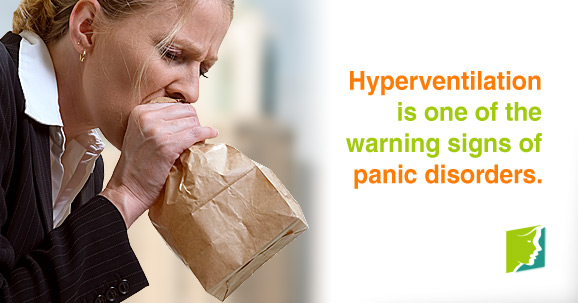Psychotherapies for Panic Disorder: Which Is Best?
Cognitive-behavioral therapy (CBT) has a consistent track record in the treatment of panic disorder, but psychodynamic psychotherapy shows new promise, new research suggests.
Results from the first large panic disorder trial to compare CBT, panic-focused psychodynamic psychotherapy (PFPP), and applied relaxation training (ART) showed that although all treatments improved panic disorder, CBT performed most consistently. PFPP also demonstrated efficacy.
“All treatments showed improvements in patients with panic disorder, but it was noteworthy that psychodynamic psychotherapy showed promise in treating this disorder,” lead investigator Barbara Milrod, MD, professor, Department of Psychiatry, Weill Medical College of Cornell University, New York City, told Medscape Medical News.
The study was published online June 9 in the Journal of Clinical Psychiatry.
Prevalent, Disabling, Costly
Panic disorder is “prevalent, disabling and costly” and linked to “poor emotional and physical health, comorbid substance abuse and suicide,” the authors note. Effective treatments include CBT and/or pharmacotherapy. However, the investigators point out that in general, patients with panic disorder prefer psychotherapy to medication.
 Previous research into effective psychotherapies has largely focused on CBT, although one small, randomized trial suggested that PFPP was effective compared with ART.
Previous research into effective psychotherapies has largely focused on CBT, although one small, randomized trial suggested that PFPP was effective compared with ART.
The new randomized controlled trial compared CBT, PFPP, and ART at Weill Medical College and at the University of Pennsylvania, in Philadelphia. It included 200 patients aged 18 to 70 years with primary panic disorder, diagnosed on the basis of DSM-IV criteria, with or without agoraphobia. Study participants were randomly assigned to receive CBT (n = 81), PFPP (n = 80), or ART (n = 39).
Thirty therapists participated in the study, with each one delivering one modality. Eleven of the therapists were physicians, 17 held PhD degrees, one held an MSW degree, and one held a PsyD degree. Patients received treatments two times a week in 45- to 50-minute sessions for 19 to 24 sessions during a period of 12 to 14 weeks.
The study’s primary outcome measure was improvement over time in scores on the Panic Disorder Severity Scale (PDSS); additionally, “response rates,” defined as a 40% reduction in PDSS scores, were reported.
There was a site-by-treatment interaction when outcomes were evaluated by both methods. At Cornell, patients in all therapy groups improved at the same rate over time using a mixed models, shared parameters approach. At the University of Pennsylvania, patients receiving CBT and ART improved faster than those receiving PFPP, and at 12 weeks, patients were less symptomatic with these two interventions.
It is noteworthy that attrition did not differ between sites and was significantly higher among patients receiving ART at both sites. With combined randomization of only half the number of patients receiving ART, this data-analytic approach yields more accurate estimates for CBT and PFPP. Evaluation of response rates, on the other hand, showed that both PFPP and CBT significantly outperformed ART at Cornell, whereas there were no significant differences between response rates at Penn between the treatments.